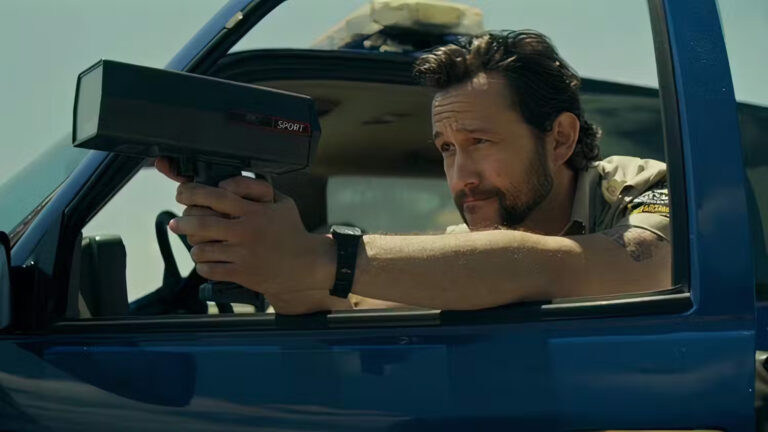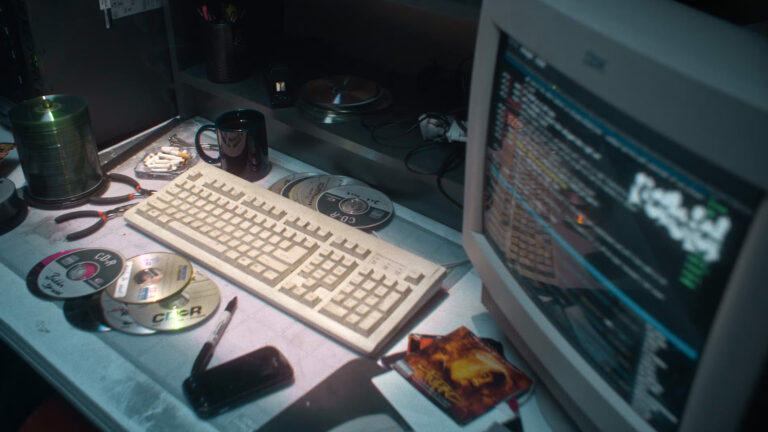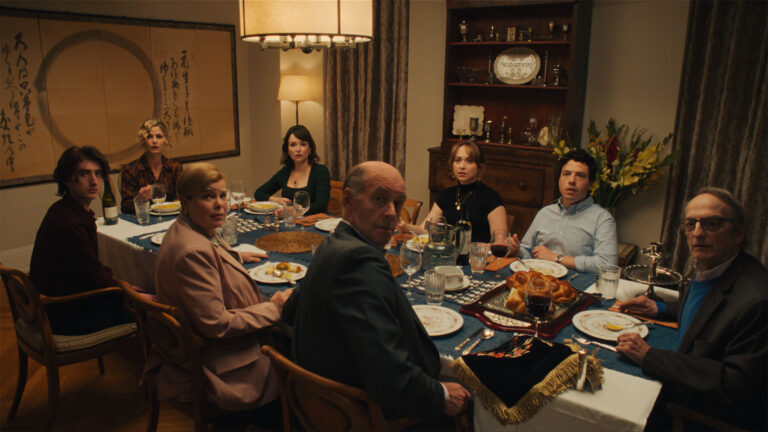As filmmakers, our job is to create art that mirrors life. This is, inherently, very difficult. Aside from the obvious—writing honest dialogue, having actors who can inhabit a character realistically—filmmaking is not, by its very nature, especially real.
After all, in life, we don’t often get to see multiple angles of a conversation. We don’t get to pop into a close-up on our lover’s face and then go to a wide shot to show the emotions of a moment. We don’t get perfect, audible sound and, despite how useful it would be, we don’t get multiple takes to choose from.
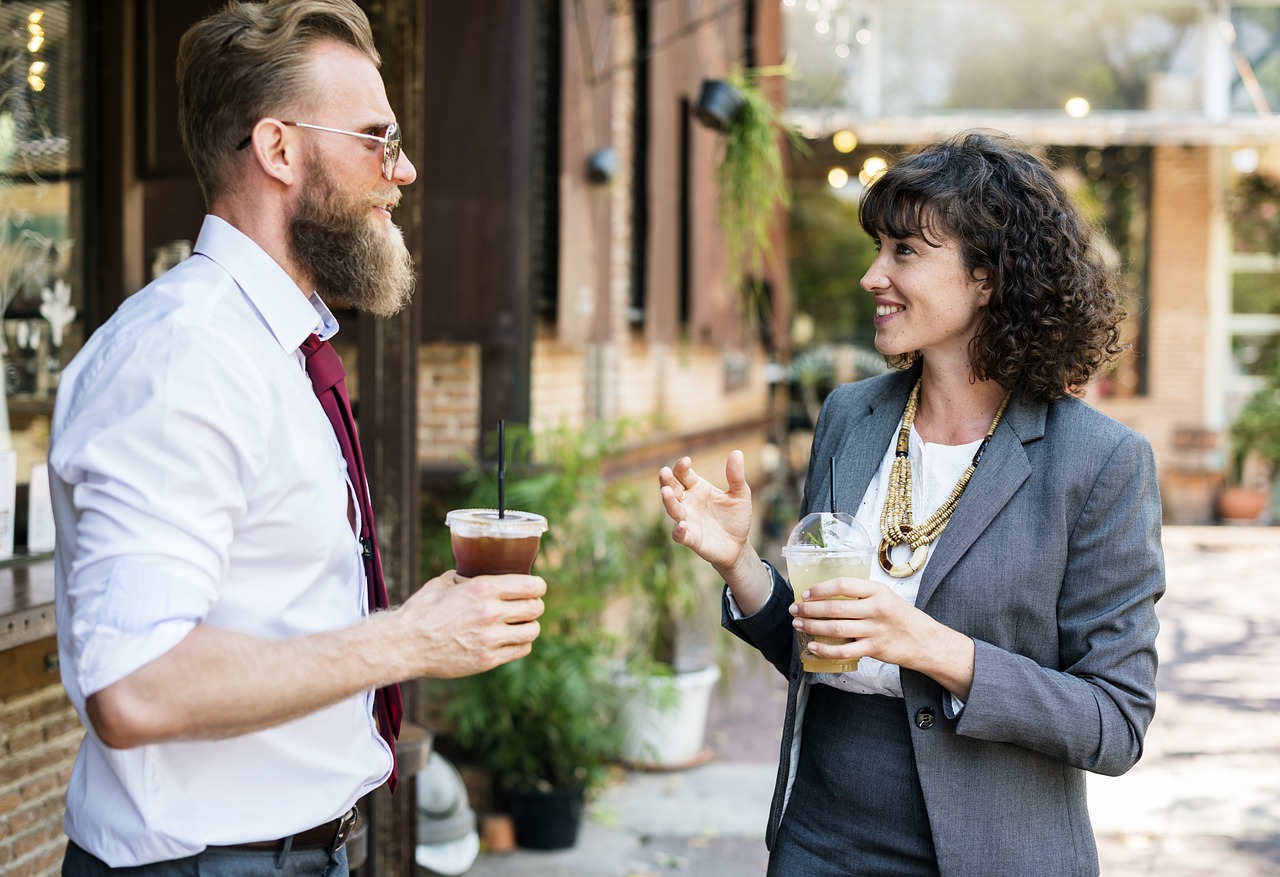
Still, as artists, our job is to capture moments of life and present them to the audience as realistically as possible within the means of our media. So, what better way to learn how to edit realistic situations than from real life itself?
Below, I’ve taken four real-life situations that all of us have certainly gone through at least once, and for each I’ve noted some of the things to look for to help you improve your work as an editor.
There are of course many filmmaking tropes that have taken on their own meaning. But there is always a danger of becoming too reliant on these tropes. We can lose the spark of realism if we default to cutting a scene according to the rhythms that we’ve seen on film, rather than the rhythms we’ve experienced in real life.
Just remember, observing these situations too obviously might make your normal, non-film-y friends think you’re kind of a sociopath. You’ve been warned!
Hanging Out With Friends
There’s a certain dynamic when good friends hang out; a particular speed at which they communicate that’s important to pay attention to for future group scenes.
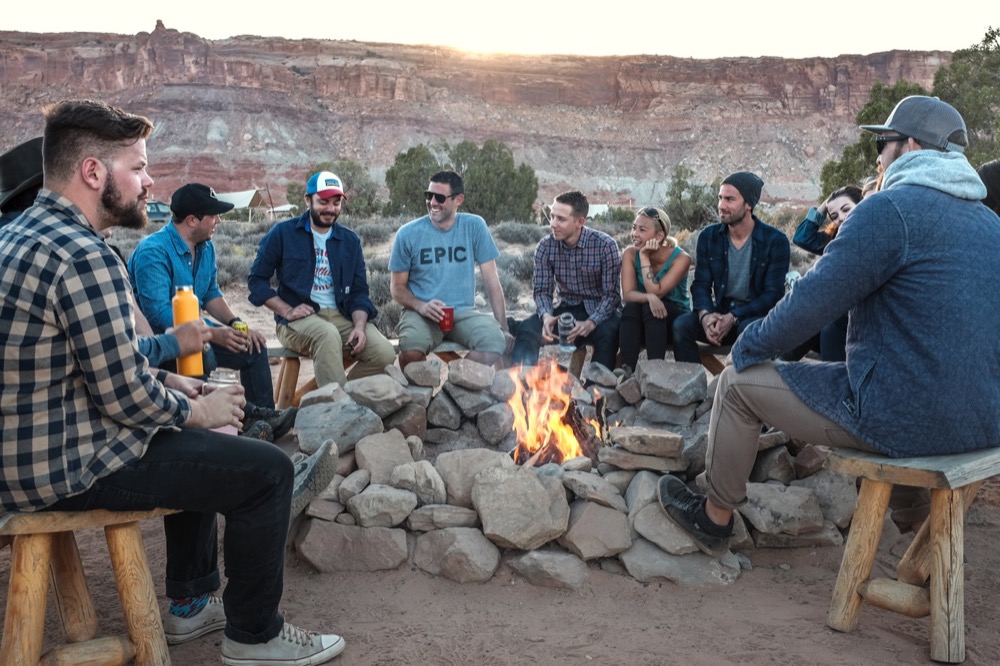
A good friend of mine once told me about a particular group of friends of his (all comedians) who had an unspoken game they would play when hanging out with one another. They’d start poking fun at one person, and the entire group would take that as a cue to attack. Once under attack, the victim’s job was to have a quick enough retort to change the target to one of the other friends, and then the group would attack that person.
Obviously, it was all in good fun; but you can almost visually see that shown on screen: the quick cuts of each friend throwing in their joke, the fast banter as we cut quickly through angles of the group, and the reaction shots of the target as he or she listens, laughs, and finds the perfect time to turn the attack on another friend.
Friends who have known each other a long time fall into a specific, easy rhythm. Pay attention next time you’re with your group; what’s your rhythm? Is everyone quick, teasing and talking over one another? Is it a slower pace, with everyone listening to each other carefully? How do the relationships of individuals in the group affect how they interact with one another?
Watch for all of this and imagine cutting the scene in real life. Which angles would you choose? How quick would you cut? Is there a warmth and comfort and closeness to your group that a lot of close-ups would help portray? Or is your group a medium/wide shot type of group, less emotional, more about the banter?
When you bring this back to a scene, ask yourself the same questions, figure out the relationship between the characters involved and use your experiences to then craft the group’s rhythm.
A First Date
The great thing about a first date is that there’s a whole lot of non-verbal, faintly-subconscious dancing going on right at the edges of conversation. In many ways, the things you actually talk about are less important than the body language.
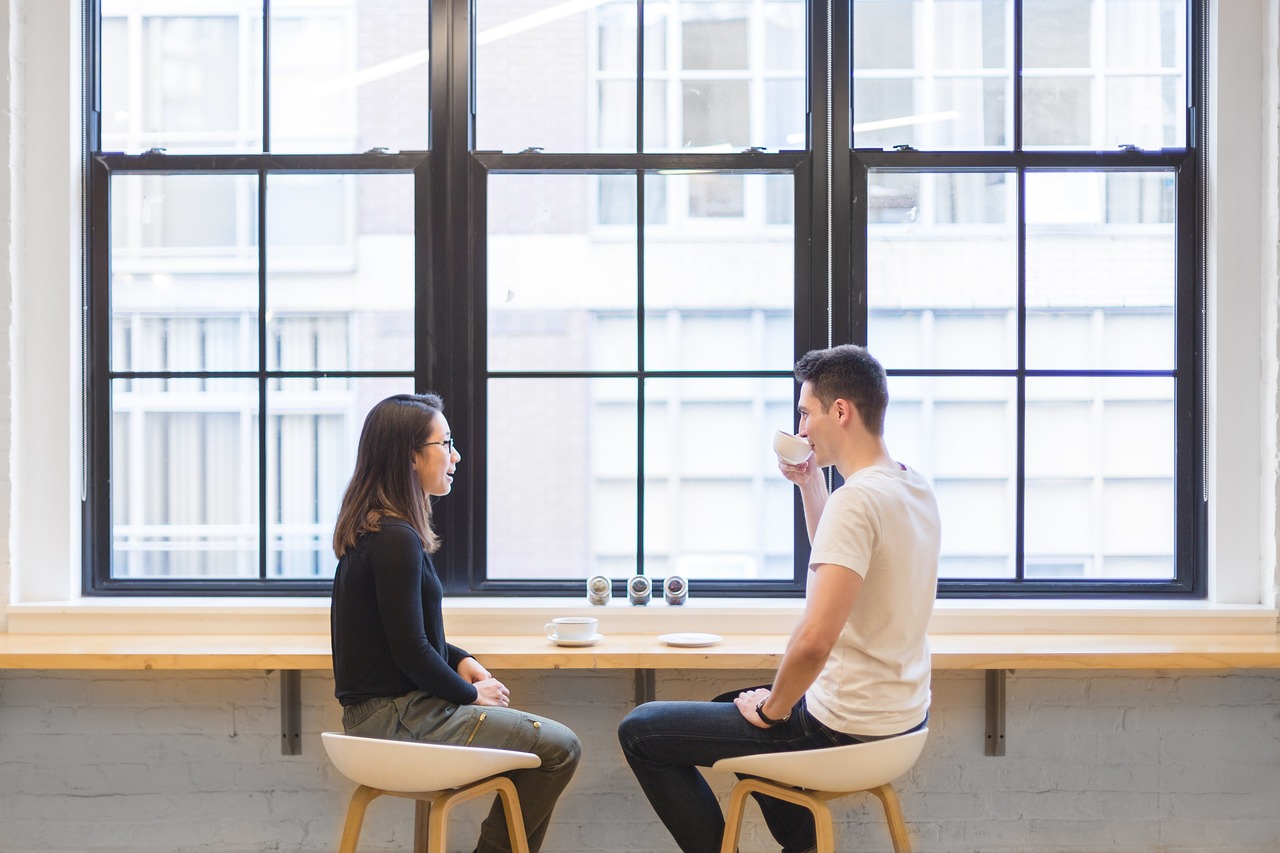
On your next first date, watch carefully for all the little movements: there’s the nervous fiddling, the flirty hair-playing, the light touching; and consider how you might show that if you were to edit the scene.
The use of b-roll, inserts and cutaways to capture those small, physical moments can go a long way. A building of shots, starting from the outside (wider, colder shots) that slowly push closer and closer in as the connection between people blossoms and the seed of intimacy sprouts. And, of course, when two people start clicking, they’re not just physically closer, their conversation flows far better, they start building their rhythm, jumping on each other’s words to share their own stories.
That is, of course, if you’re on a good first date.
A bad first date has a totally different energy. This is a date where wires are crossed, where instead of the conversation slowly building into a rhythm, it’s the exact opposite—a breakdown of communication, both people accidentally cutting one another off, everything feeling off.
Editing a bad date, therefore, is almost the exact opposite—few close-ups (unless it’s people looking offended or horrified) and an awkward, off-putting rhythm that can inspire that feeling in the audience. But using those same inserts idea can show small significant awkward details that can illustrate the date is not going well too: impatient hand movements, leg tapping, etc.
So, next time you’re on a date, don’t be nervous; just think about how you’d edit it.
A Break-up
One of my acting teachers once told the class how she, in moments of sadness or tragedy, found herself experiencing two things simultaneously: the true emotions of the moment, and her actor’s brain analyzing her emotions and filing them away to use at a later time for a role.
Much like an actor, an editor can learn a lot from something as intense and dramatic as a break-up—something that’s common in both life and film.
During a break-up, there are multiple things that happen. Notice the rhythm of the conversation. Very often, it fluctuates dramatically as the emotions rise and fall.
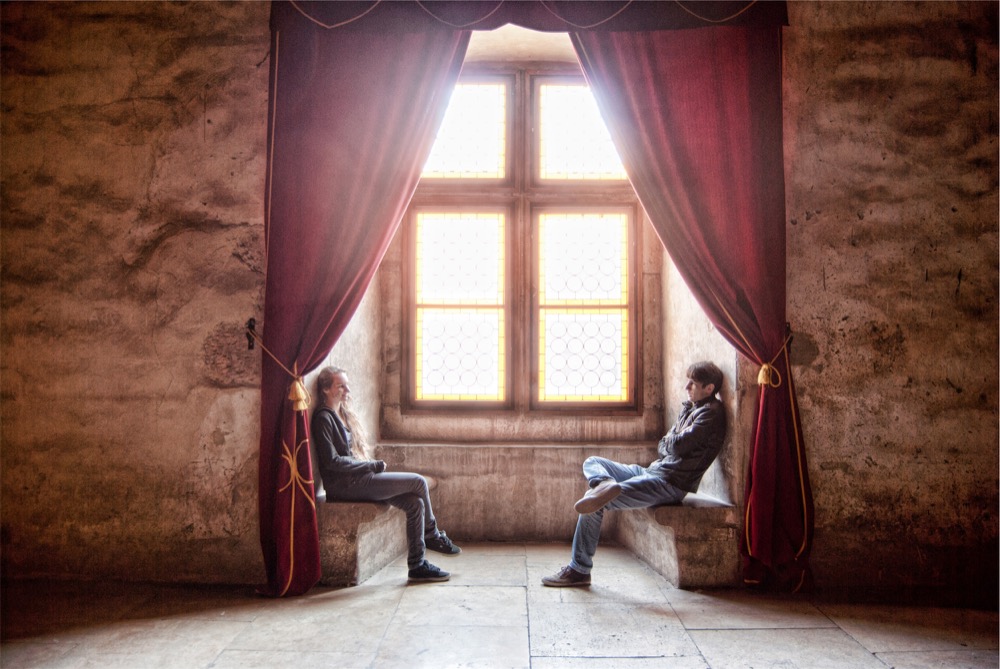
In anger, you will speak over each other, sentences are left half-finished only to be picked up again, the rhythm of the conversation is quick, it feels breathless, out of control, flying. You and your significant other might talk literally at the same time, ignoring one another’s point in lieu of making your own.
When you sit down to edit a similar scene, consider all of these things. The cuts can move quickly and depending on how much coverage your director managed to get, you can really make the conversation feel out of control.
Having the dialogue overlap and your characters talk over one another is a nice way to show how little we listen to each other during these kinds of situations. That natural flow of dialogue where no one quite finishes what they’re saying is preferably achieved in the acting, but can certainly be mimicked in editing as well.
When your conversation turns sad, both parties (or perhaps just one) are realizing what is about to happen, the intensity of losing someone you’ve been with for some time, the idea of being alone—it’s all terrifying and terribly lonely.
So, what happens in these moments? The conversation tends to slow down. There are long pauses. Things might feel still, uncomfortable, tense. It often feels like the emotional distance between the two of you is chasm-wide.
In editing, holding on shots, keeping pauses longer than they should be, minimizing coverage and visually showing the distance between two characters (holding awkward wide shots is one way, staying on one person for longer than feels natural is another) are all interesting methods of covering the emotional stakes of a breakup.
Waiting by Yourself
Let’s pretend we’re not all always on our phones. Next time you’re waiting—for a bus, for a train, for a Lyft—take note of what you’re looking at. Are you people-watching? Which people get your attention? Do you linger on one person for a long time and then move on; or do you jump around from person to person? Do you read random signs? What grabs your attention? Even think about what music might be playing to score the moment.
As you become self-aware of your own focus, consider your emotional state as well. Are you in a good mood? A bad one? Is it after the break-up I mentioned earlier? Are you then finding yourself staring hopelessly (or angrily) at couples? Or are you happily looking at single people and thinking, “Ahh, freedom.”
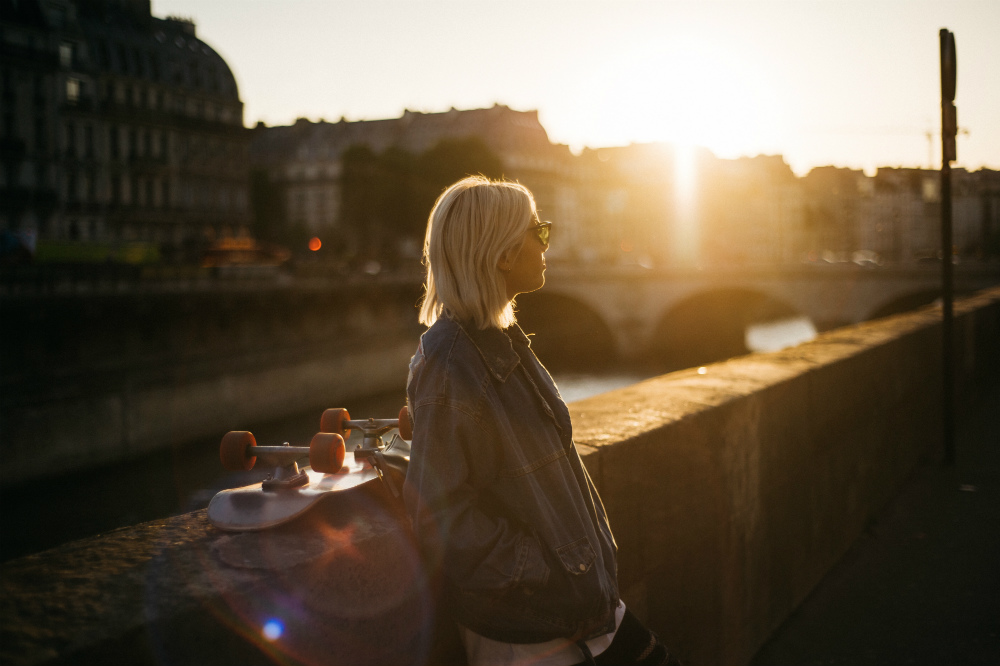
Keep all of these things in mind when you edit similar scenes. Directors and DPs will certainly be thinking of these questions when they shoot them; so, ideally, they’ll provide you with the right footage to work with. But it’s up to you to carry the intention of the scene.
Remember how your eyes flicker from thing to thing and the motivation for each “cut”. This can really help inform a similar film scene later.
In Short
It’s amazing the details you can find by being self-aware in every situation. In many ways, we’re live-editing all of our experiences. We’re throwing focus on what’s important in our real-life scenes and we’re letting our emotional states dictate what’s important in any given situation.
The one thing I would recommend to all editors (and really to all artists) is to carry around a notebook and jot all these little observations down.
There are a million books and courses to take to improve your editing—but when our very job is to showcase the wonders and tragedies of life, then we’ve got to let life be our teacher.
Do you have a story about how you borrowed from personal situation to add a dash realism to your edit? Share it below, and we may add it into the article.

